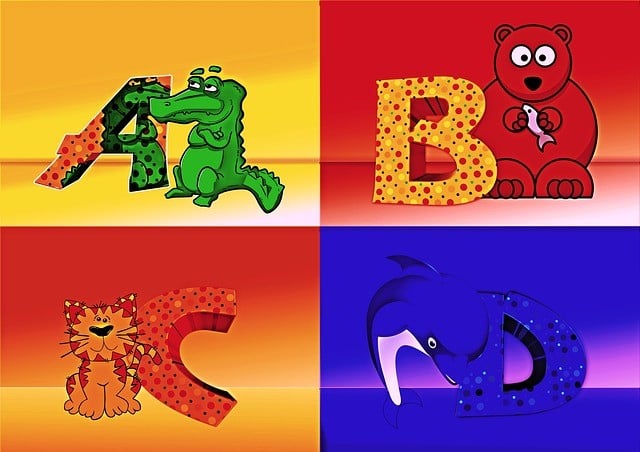 Phonics skills are the backbone of reading. Workbooks, music, and videos are all devoted to teaching phonics to young children. Many of these are great, but even the best isn’t enough for some children.
Phonics skills are the backbone of reading. Workbooks, music, and videos are all devoted to teaching phonics to young children. Many of these are great, but even the best isn’t enough for some children.
A tactile, hands-on method works well when teaching young children. We have been teaching subjects like science and mathematics this way for years. But have you ever considered teaching reading hands-on? Well, you can, and here are five ways to help develop your child’s phonics skills.
.
1.) Group short and long vowels
There are two primary sets of phonics rules: short vowel rules and long vowel rules. These rules are represented below by combinations of consonants (c) and vowels (v):
Short vowels:
- vc – With the vowel before the consonant, in words like “at,” the vowel becomes short.
- cvc – The same as the rule above. The middle vowel is short, as in “cat.”
.
Long vowels:
- cv – Whenever a vowel comes at the end of a word or syllable, it is long, for example, in the word “he.”
- cvce – This is the magic “e” or silent “e” rule. The “e” makes the preceding vowel long but is not pronounced, like in “cake.”
- cvv – When two vowels go walking, the first one does the talking. The first vowel is long, and the second is silent. Think “sea.” (Note that there are many exceptions to this rule.)
.
Now, here’s the hands-on part. Get two boxes, one for short and one for long vowels. Then, purchase or make flash cards with a variety of short words. Explain the rules (you can start with vc and cv words only) and then show how a sampling of words follows the rules. Now, have your child sort the remaining cards according to these rules. Sound out the words together.
This game turns rule memorization into a game instead of a chore.
2.) Word families teach phonics and boost vocabulary
Make a simple wheel game by using two circles cut from poster board. Cut out a small window on one circle and write the word family next to it (-at, -an, -ug, etc.). Around the other, write letters that create a word when placed before the word family ending. For instance, for the –at family write b, c, f, h, m, p, r, s, and v. Just make sure you are creating child friendly words.
Place the window circle on top of the other and push a brass fastener through the center. Now you have a wheel. Spin the wheel and create new words.
3.) Have your child illustrate their first book
Kids just love creating their own books!
Fold a sheet(s) of typing or white construction paper in half, forming a card(s). Using short words that are easy to sound out and the child’s name, create a little story with one sentence on each “page,” for example, Mary ate cake.
Have your child sound out the words and read the sentences with your help as needed. Then, have them draw a picture of what they have just read on each page.
4.) Play ‘Guess that letter!’
With your child facing away from you, trace a letter on their back. Have them tell you which letter you just traced. It may take a couple of tries, but once kids get the hang of this game, they will love it.
Next, switch places (you may need to sit down to make it easier for your child to reach your back) and tell your child a letter sound, like /o/ for the short “o.” Have your child trace the letter corresponding to the sound on your back.
This game is sure to result in giggles and learning.
5.) Play ‘Find that letter!’
Write each letter of the alphabet on an index card (to make this even more hands-on, create tactile alphabet cards using items that begin with that letter, like cotton balls for “c”) and place them in a large shoe box. Shake the letters around to mix them up well.
Then, say one of the letter sounds and have your child dig in the box to find the correct card. You can advance this game by giving your child a short word to spell and having them find the correct letters. Using clothespins, let your child clip them to one side of the box in order.
Once the lid is replaced, everything will be safe and sound for the next round or time.
Phonics is a vital tool for reading, and once the world of reading is unlocked for your child, their learning potential is endless. With creativity and basic art supplies, you can create a learning experience that will last the rest of your child’s life.
.
